Revolutionize Your Creativity: The Essential Intellectual Property Rights (IPR) Guide for Future Innovators
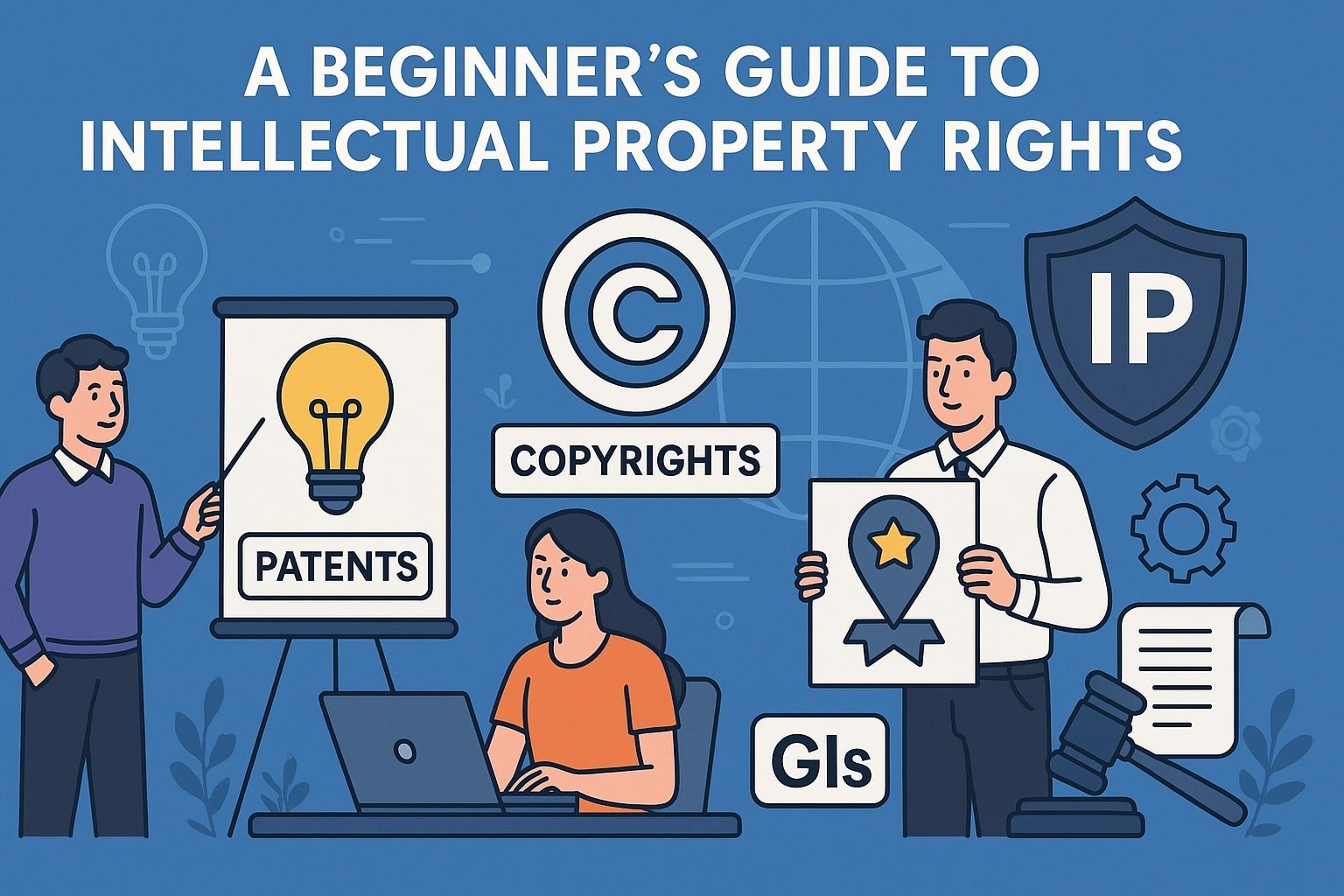
These days, tech start-ups, freelance designers, and backyard tinkerers are driving big parts of the economy. For that reason, a clever idea usually counts for more than a big factory. Whether you’re scrolling through an addictive phone app, inhaling a page-turning novel, or sipping a freshly brewed specialty coffee, there are legal shields making sure the creator profits from their work. Those shields go by the name Intellectual Property Rights, or IPR for short. By handing artists, inventors, and even small towns exclusive control over their creations, the system helps them earn a fair reward for their talent.
In this post, we will break down the main types of IPR—patents, copyrights, geographical indications (GIs), plus a few other related rights—so you can see how each one ticks and why it matters to everyday life.
What Exactly Is Intellectual Property?
At its simplest, intellectual property is any idea that first pops into a person’s head. It can be a brand-new gadget, a punchy book title, a logo people soon learn to recognize, a piece of software that solves a daily headache, or even a cool jazz solo a band rolls out during a concert. The rules and laws bundled together as “IP rights” stand guard over those ideas, making sure nobody else can copy, sell, or cash in on them without asking first.
Why Should We Care About IPR?
It Fuels New Ideas: When creators realize that the law will protect their invention for a fixed number of years, they feel safer investing their time and money into building something truly original.
Money on the Table: Once an idea is protected, the owner can license it to a third party, sell it outright, or make a living by marketing it themselves.
Why Intellectual Property Rights Matter
Sparking New Ideas
When inventors and artists know their creations are protected by law, they’re more likely to take risks and develop something new. That safety net makes it easier to invest time, money, and energy into projects that could change the world.
Turning Ideas into Income
Once an idea is protected, it becomes a valuable asset. Creators can license their work to companies, sell the rights outright, or produce and market it themselves. This opens up real revenue streams that keep the lights on and fund the next big project.
Getting Credit Where It’s Due
Imagine working for months on a catchy song only to see someone else put their name on it. IP laws make sure that doesn’t happen. They guarantee that the original maker is recognized—and often rewarded—for their effort.
Building Consumer Confidence
When you buy a handmade Italian handbag or a bottle of Bourbon from Kentucky, the label does more than look nice; it signals quality you can trust. Trademarks and geographical indications protect that promise, helping shoppers know they are getting exactly what they expect.
Safeguarding Cultural Heritage
Many regions have traditional crafts, recipes, or healing methods passed down for generations. By granting special IP tags to these items, authorities help keep foreign imitators at bay. This little tag does a big job: it helps communities protect their heritage and share it on their own terms.
How the World Keeps Ideas Safe: Key International Treaties and Groups
When you make something new—like a catchy song, a cool gadget, or a clever logo—you want to know it’s protected no matter where it shows up. That’s where several big global rules and organizations step in to keep intellectual property (often called IPR, for “intellectual property rights”) safe across borders.
WIPO (World Intellectual Property Organization): Picture WIPO as the world’s librarian for ideas. This United Nations agency helps countries agree on how to protect patents, copyrights, trademarks, and more, so inventors don’t have to worry each time they cross a border.
TRIPS Agreement (Trade-Related Aspects of Intellectual Property Rights): When countries joined the World Trade Organization, they signed onto TRIPS. This agreement sets basic IPR ground rules that every WTO member must follow, making sure, for example, that creators can’t be short-changed because they happen to live in a country with weaker laws.
Berne Convention: If your artwork or book is copied in another country, Berne has your back. This long-standing treaty makes sure that copyright laws work consistently across its signatory nations, so written and artistic works stay protected no matter where they travel.
Madrid System: For business owners, filing for a trademark in dozens of countries could be a nightmare. The Madrid System solves that by letting you register your trademark in several countries with a single application, sending one clear message: “This brand belongs to me.”
IPR in the Digital Age
We spend so much of our day logged on that keeping our creative stuff safe is tougher than ever. Software cracks, copied school essays, and endless free streams remind us that the old copyright playbook isn’t cutting it anymore. Because of that, politicians in pretty much every country are debating how to rewrite the playbook and make rules that actually work across borders.
On top of that, new tech keeps crashing the party with ideas we never saw coming. Think of A.I.-generated art, songs sitting on a blockchain, or trading cards sold as NFTs. Each one looks fancy and fun, but they also blur the line of who really owns what and how we should guard it.
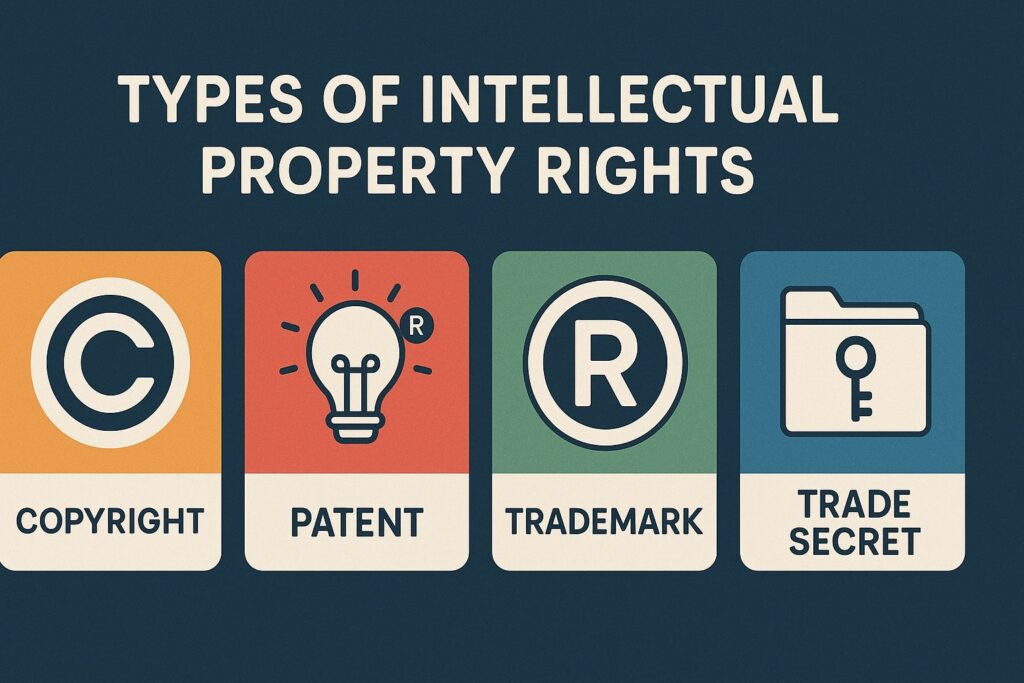
Types of Intellectual Property Rights
Knowing the different types of intellectual property (IP) can help anyone understand how a creative idea gets legal protection today. The main forms are:
Patents that lock down a brand-new invention for a set number of years
Copyrights that cover books, songs, movies, and pretty much any artistic work
Trademarks that defend unique names, logos, and symbols used to sell goods or services
Geographical Indications that highlight products whose special qualities come from a certain place
Industrial Designs that protect the way a product looks, not just how it works
Trade secrets that keep valuable know-how under wraps so competitors can’t steal it.
Each of these categories has been fine-tuned to fit the kind of creation it guards, but those lines are starting to blur—especially online where everything mixes together so quickly.
What’s a Patent?
When someone thinks up a brand-new gadget, medicine, or process, that idea can be protected by a legal tool called a patent. Basically, a patent gives the inventor the right to control that idea so only they, or people they let, can make or sell it.
Three Key Rules
To earn that protection, the invention has to meet a few rules:
Novelty: The idea can’t already exist anywhere in the world.
Inventive Step: It has to show real technical progress or save money in a clever way.
Industrial Applicability: You should be able to use it in factories, labs, shops, or any working industry.
How Long Does It Last?
Most patents stay valid for about twenty years, and that clock starts ticking as soon as the paperwork is filed with the patent office.
What Can Patent Owners Do?
Holding a patent lets you:
Tell other companies they can’t make, sell, or even use your idea without a deal.
License the invention, collecting royalties from those who do want to use it.
Sell the patent outright if you decide to cash out.
Where Do Patents Show Up?
Patents pop up in many fields, from life-saving drug formulas and next-gen smartphones to smart agricultural machines.
The Legal Big Picture
For inventors who dream big, there’s the Patent Cooperation Treaty (PCT), which allows you to seek protection in multiple countries with a single application. Of course, each nation also has its own laws, like India’s Patents Act of 1970.
Values and Strategic Importance
Value: Foster innovation by granting inventors proprietary rights which stimulates R & D activities.
Economic Impact: Important in information technology, biotechnology, pharmaceuticals, and manufacturing industries.
Strategic Use: May disable competition, earn income from licenses, improve valuation of the company.
Summary
Purpose: Safeguards new innovations or inventions that are useful, novel, and non-obvious.
Examples: A new formulized drug, a specific feature on a smartphone, or any mechanical device.
Duration: Typically, up to 20 years from the date application was filed.
Registration: Submission of comprehensive detailing scope and claims which is subject to scrutiny by patent authorities.
Copyright
What Is Copyright?
Copyright is a legal shield for creators, covering original stories, songs, paintings, movies, games, and even building plans. If you made it yourself and it’s in a fixed form—like written on paper or saved to a hard drive—copyright kicks in.
Key Points You Should Know
The moment you finish your piece; the law automatically protects it.
You don’t have to fill out forms or pay a fee right away, although registering later can make it easier to prove that the work is yours if problems pop up.
How Long Does It Last?
In most places, copyright lasts for the author’s life plus about 60 years, but the exact timeframe can change depending on which country you’re in.
Author’s Rights:
Economic rights involve reproduction, distribution, performance, and adaptation of works.
Moral rights entail attribution as the author and objection to distortion or mutilation.
Examples:
Books, poetry and theatre performance
Artistic works like pictures and photo shooting
Cinema and video reports
Sources written in computer languages
Governing Laws:
Berne Convention, WIPO Copyright Treaty
Copyright Act, 1957 (India)
Values and Strategic Importance
Value: Safeguards the expression of thoughts and ideas allowing creators such as artists, writers, and developers to earn money from their creative work.
Cultural Significance: Safeguards cultural industries which includes music, film, software and publishing industry segments.
Strategic Use: Rights may be sold, licensed or passed down to heirs.
Summary
Objectives: Safeguards the creation of new literary, dramatic, musical and artistic works.
Illustrations: Literary works, songs, motion pictures, computer programs and visual art pieces.
Term: Usually endures for the life of the creator plus sixty to seventy years depending on the country’s law.
Unilateral Safeguard: Copyright emerges automatically whenever the work is long hand written or typed out.
Trademark
What is a Trademark?
A trademark is a sign, word, sentence, graphic image, design or a combination of them which distinguishes goods and/or services of one enterprise from another.
Key Features:
Distinctiveness is fundamental.
Renewability requires action every decade.
Examples:
- Nike “Swoosh”
- Apple logo
- McDonald’s “Golden Arches”
Governing Laws:
- Trademark Act, 1999 (India)
- Madrid Protocol for international registration
Strategic Importance and Value
Value: Builds long lasting and sustaining brand affection, trust among consumers, as well as, steadfast market loyalty.
Business Impact: Adds value through marketing and competition differentiation as critical success factor.
Strategic Use: Increased business valuation and enhanced franchising opportunities driven through strong trademarks.
Summary
Purpose: Safeguards trademarks, trade names, brand names, and commercial identifiers that denote particular goods or services.
Examples: Nike swoosh, Coca-Cola name, McDonald’s jingle.
Duration: Can be renewed every decade but can last indefinitely with renewals.
Importance: Assists in the creation of brand identity which builds trust from consumers.
Design Rights (Industrial Design)
What is Industries Design?
An industrial design deals with the visual features of a particular product which may embodied its configuration, design, patterns or color combinations.
Duration:
Usually protected for an initial period of 10 years and is renewable.
Examples:
- Unique shapes of furniture
- Car designs
- Decorative patterns on textiles
Importance and Values
Value: Heightens visual differentiation which improves the product’s appeal as well as marketability.
Commercial Function: Important in fashion, automotive industry, home goods, consumer electronics.
Strategic Role: Industries design dominant for competition make use of attractiveness as an aesthetics advantage.
Summary
While not completely functional, objects are visually designed and need protection.
The visual design of Coca-Cola bottles and dashboards of cars.
Varyingly from 10–25 years, they have the possibility of renewed registration.
Covers only the aesthetic side of the object while ignoring technical elements.
Geographical Indications (GIs)
What is a GI?
A geographical indication (GI) is a designation of origin by sign or symbol that products have a geographic origin, and possesses qualities, reputation, or characteristics which are essentially attributable to that location.
Key Features:
GI is commonly used for physical goods such as foodstuff, handicrafts and agricultural raw commodities.
The quality or reputation must be essentially due to the geographical origin.
Duration:
Validity lasts for 10 years but can be renewed indefinitely.
Examples:
- Darjeeling Tea (India)
- Champagne (France)
- Kanchipuram Silk (India)
- Parmigiano Reggiano (Italy)
Governing Laws:
- TRIPS Agreement (WTO)
- Geographical Indications of Goods (Registration and Protection) Act, 1999 (India)
Values and Strategic Importance
Value: Enhances authenticity, maintains traditional knowledge processes, and bolsters local economies.
Cultural and Economic Role: Entry stimulants for tourism, exports, and rural development.
Strategic Use: Forms global recognition along with niche markets.
Summary
Purpose: Safeguards goods stemming from a region and possess distinct features or reputation because of that region.
Examples: Tea from Darjeeling, champagne wine, rice basmati.
Duration: Unlimited provided that the indication remains applicable and is actively utilized.
Trade Secrets
What is a Trade Secret?
A trade secret is a confidential piece or information of a business which gives the organization some edge over its competitors.
Features:
No formal registration required.
Protected as long as secrecy is maintained.
Examples:
- Coca-Cola formula
- Google’s search algorithm
- KFC’s blend of herbs and spices
Values and Strategic Importance
Value: Differentiation increases appeal and visual distinctiveness for marketable goods.
Captures commercial objectives within the fashion industry and automotive, home-wares, as well as electronics sectors.
Competitively dominant design-based industries are often reliant on beauty as their strategic use.
Summary
Function: Safeguards proprietary information from disclosure or unauthorized usage.
Instances: The recipe for Coca-Cola and the algorithm used for Google Searches.
Term: Potentially indefinite provided that secrecy is maintained.
Why Intellectual Property Rights (IPR) Matter
Sparks New Ideas: When inventors and artists know their creations are legally protected, they feel more confident to take risks. That boost of confidence often leads to ground breaking gadgets, catchy songs, and life-changing medicines.
Fuels the Economy: Countries that protect ideas with solid IPR laws attract foreign businesses. When global firms set up shop, they create local jobs and bring better products to store shelves. That healthy “idea economy” doesn’t just lift the big players; it gives small start-ups a chance to grow side by side with the giants.
Keeps Shoppers Safe: Ever noticed how some store labels look almost the same? Tough trademark rules make it easy for you to spot the real deal and steer clear of cheap knock-offs. When you know where something really came from, you can shop with confidence about quality and safety.
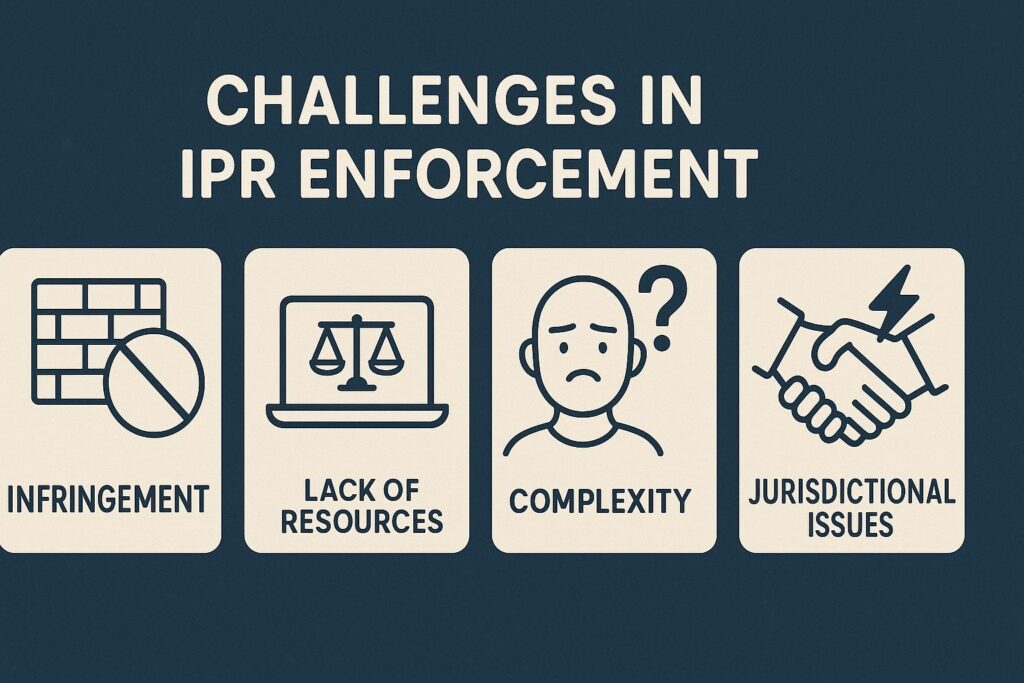
Challenges in IPR Enforcement
Intellectual property rights (IPR) protects the hard work of artists and inventors, including businesses, but a number of hurdles still make real protection tricky.
Piracy and Counterfeiting: Think about how often you hear a song for free online or see a “designer” bag selling for a tiny fraction of the real price. Whether it’s stolen software, bootleg movies, or knock-off electronics, these fake versions flood the web and street markets. They steal sales and leave honest brands looking cheap.
Lack of Awareness: In many places, new creators still have no idea what rights they even own. A young musician in a small town or a coder in a developing country might post their work online, only to watch it vanish, because they never learned that they could register their idea first. Without basic info, there’s no way to fight back.
Cross-Border Enforcement: Today’s shoppers can buy anything from anywhere with a click, but that same freedom helps thieves. When a copied gadget appears in another country, proving who it belongs to and getting any money back usually means a messy tangle of laws and paperwork. By the time it’s done, most people are too exhausted to keep going.
Cost of Registration and Litigation: Filing a patent or trademark looks simple on paper, yet the fees can climb into the thousands. For a solo artist or a small startup still counting every cent, that bill feels impossible. Many skip the paperwork altogether—hoping, often foolishly, that nobody will notice their idea first.
Conclusion
Understanding Intellectual Property Rights is important for just about anyone who makes, invents, or shares something new—whether you’re a freelance designer, a family-run bakery, a major corporation, a scientist in a lab coat, or the community group planning next summer’s block party. Whether you’re trying to protect the next big blockbuster or make sure a local recipe stays in local hands, these rights work like a safety net that encourages fresh ideas, original art, and cherished traditions.
If you build, invent, or run a business, knowing your IPR choices isn’t just a nice bonus; it’s something you really need to pay attention to. As new ideas keep pushing us forward, keeping IPR rules strong and honoring them isn’t merely a box that lawyers check; it’s a smart move for anyone who wants to stay ahead.
Final Thoughts
No matter if you run a startup, paint on weekends, tend to a family farm, or code the next killer app, knowing a bit about intellectual property goes a long way. Here’s what it can do for you:
🔐 Keep copycats at bay and let you claim what’s yours
💼 Turn your ideas into income through licensing deals or outright sales
🌍 Help guard cultural treasures and the crafts that tell your community’s story
📈 Raise your brand’s value and make it easier to win customer trust
In today’s knowledge-first economy, IPRs aren’t just courtroom paperwork; they’re part of your playbook.
Of course, not every idea calls for the same shield. Picking the right mix of patents, trademarks, or copyrights can make or break your dream. And when you’re unsure, chatting with an IP lawyer now can save headaches down the road.
Comparison of Key Intellectual Property Rights
| Feature | Patent | Copyright | Geographical Indication (GI) | Trademark | Industrial Design | Trade Secret |
| Subject Matter | Inventions (products /processes) | Literary/ artistic works | Origin-based goods | Brand names, logos, symbols | Aesthetic design of products | Confidential business info |
| Originality Required | Yes – must be novel and inventive | Yes – must be original | Yes – linked to geography | Yes – must be distinctive | Yes – must be new and original | Yes – must not be public |
| Registration Required | Yes | No (but optional) | Yes | Yes | Yes | No |
| Protection Duration | 20 years | Life of author + 60 years | 10 years (renewable) | 10 years (renewable) | 10-15 years | Indefinite (if kept secret) |
| Territorial Nature | Territorial (per country) | Universal (Berne Convention) | Territorial | Territorial | Territorial | Territorial |
| Examples | Pharma drugs, machines | Books, films, music | Darjeeling Tea, Champagne | Apple logo, McDonald’s arches | Chair design, bottle shape | Coca-Cola formula |
| Monetization | Licensing, selling | Royalties, licensing | Licensing | Franchising, licensing | Licensing | Competitive edge |
Global Framework for IP Protection
IPR systems are governed both nationally and internationally:
| Treaty / Body | Scope |
| WIPO (World Intellectual Property Organization) | Administers international IP treaties |
| TRIPS (WTO Agreement) | Sets minimum global standards for IPRs |
| Berne Convention | Copyright protection |
| Paris Convention | Patent and trademark protection |
| Madrid Protocol | International trademark registration |
| Lisbon Agreement | Geographical indications |
Read My Publications or visit my LinkedIn


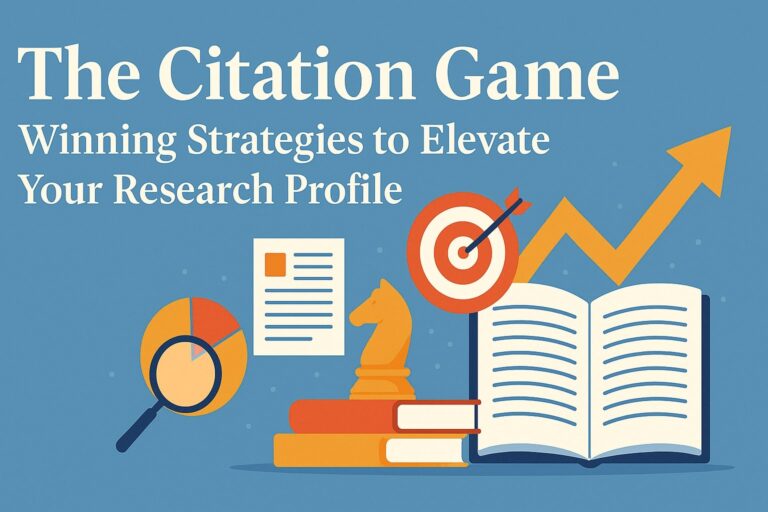
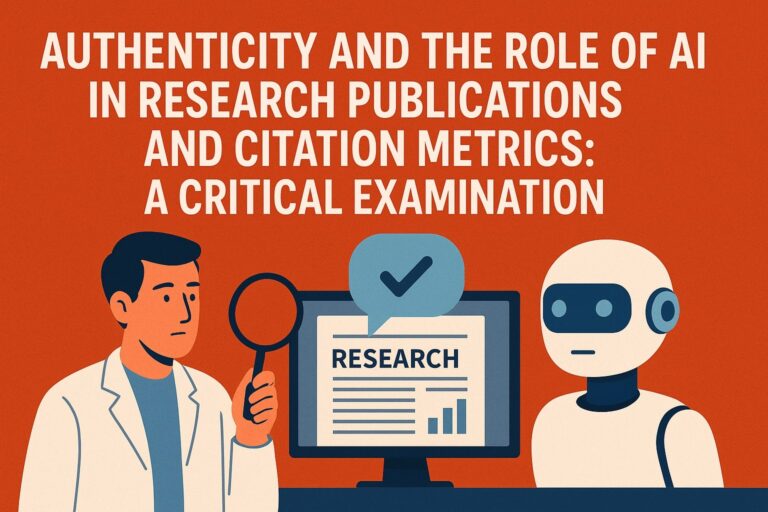
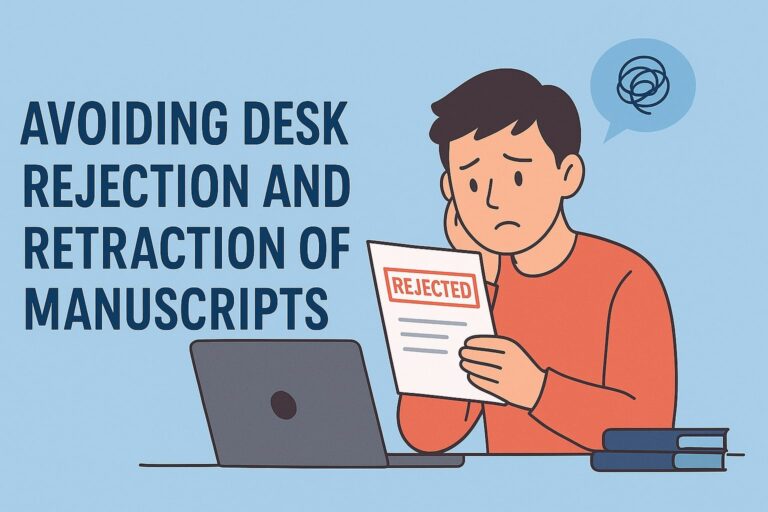
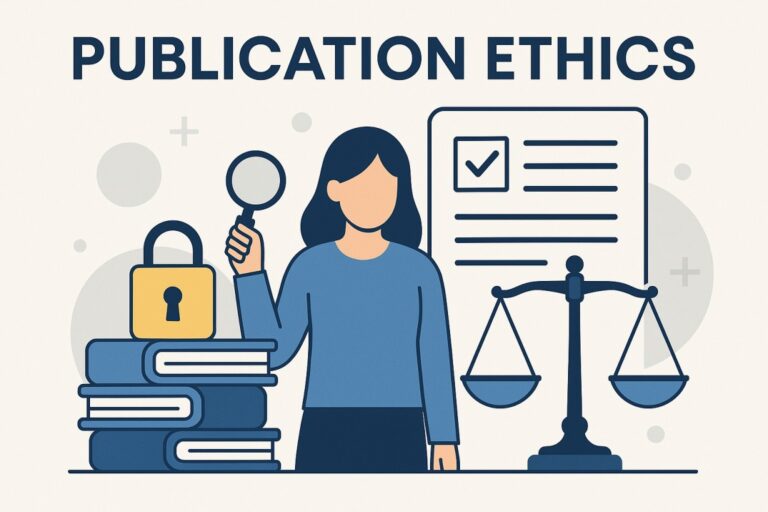
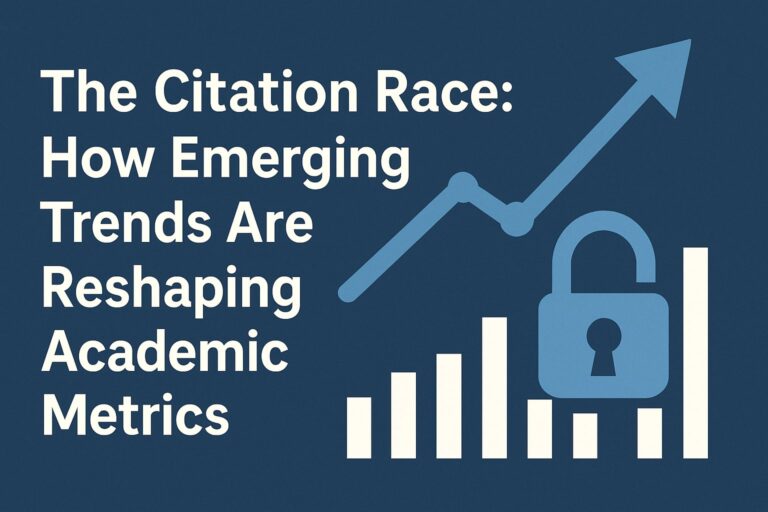
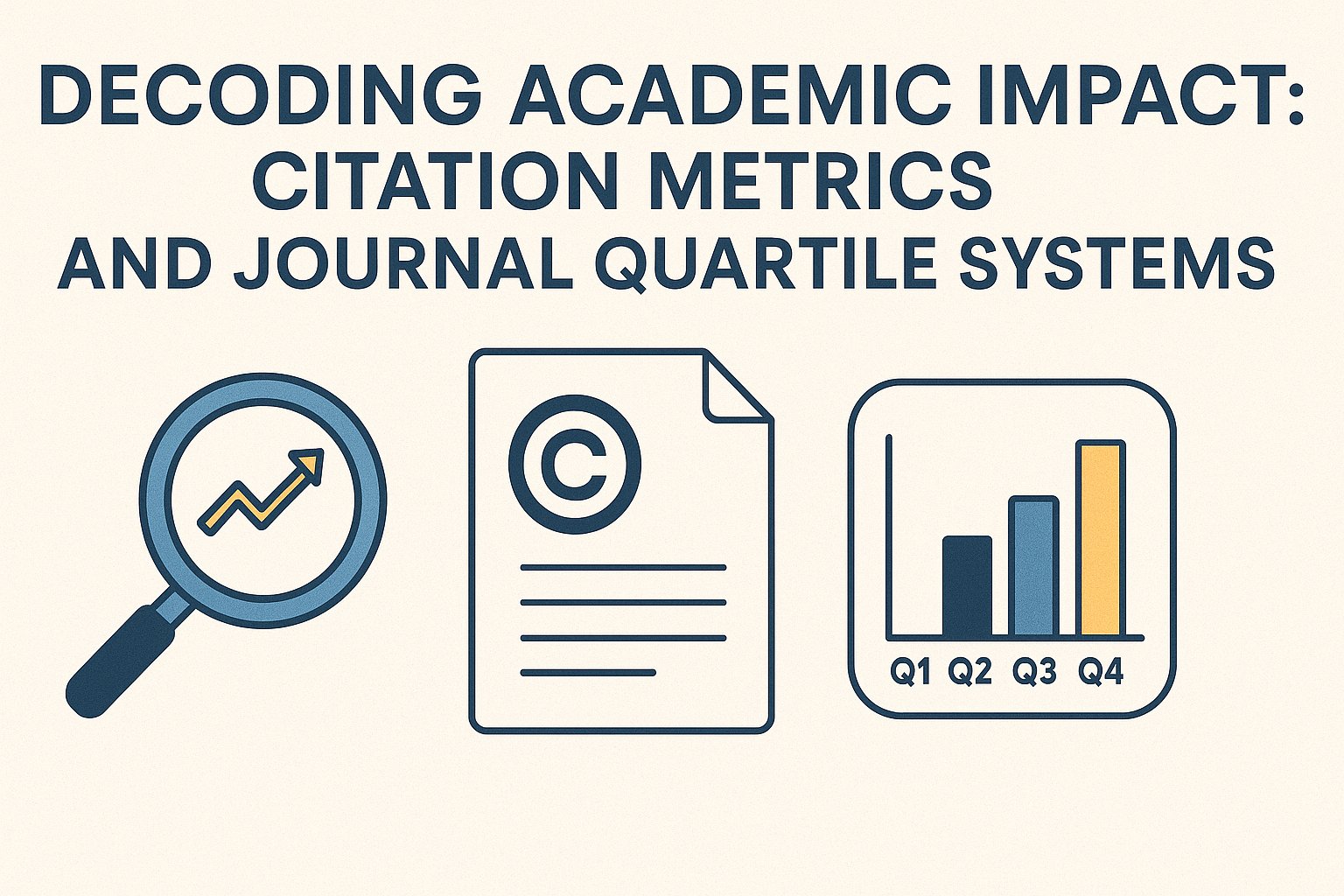
I always thought intellectual property rights were only for scientists or big companies. This article changed my perception completely. It’s written in such a relatable way that even non-law students like me can understand how important IPR is. I’m definitely sharing this with my friends in the robotics and coding club!
Excellent breakdown of IPR types. The real-world examples helped clarify the distinctions. Very useful for academic and startup communities alike!
This guide came just in time! We’re filing our first patent, and this article answered so many questions in simple language. Subscribed!
Best knowledge about IPR
I finally understand the difference between patents and copyrights! Thank you for making this topic approachable.
This is one of the most engaging introductions to intellectual property I’ve come across online. It’s informative yet accessible, making it a great teaching tool for both undergraduate students and early-stage innovators. The section on geographical indications was particularly refreshing—often an overlooked topic in beginner guides. Keep up the good work!
Well-structured and insightful. This would serve as a great introductory reading for IPR courses at undergraduate level.
IPR can be intimidating, but this blog made it feel accessible and even empowering. Every creator should read this.
IPR always sounded like a dry, legal-heavy topic—until I read this blog. You’ve managed to blend education with inspiration, showing why protecting our ideas is as important as creating them. As a creative professional, this is exactly the kind of awareness we need early in our careers. Looking forward to more posts like this.